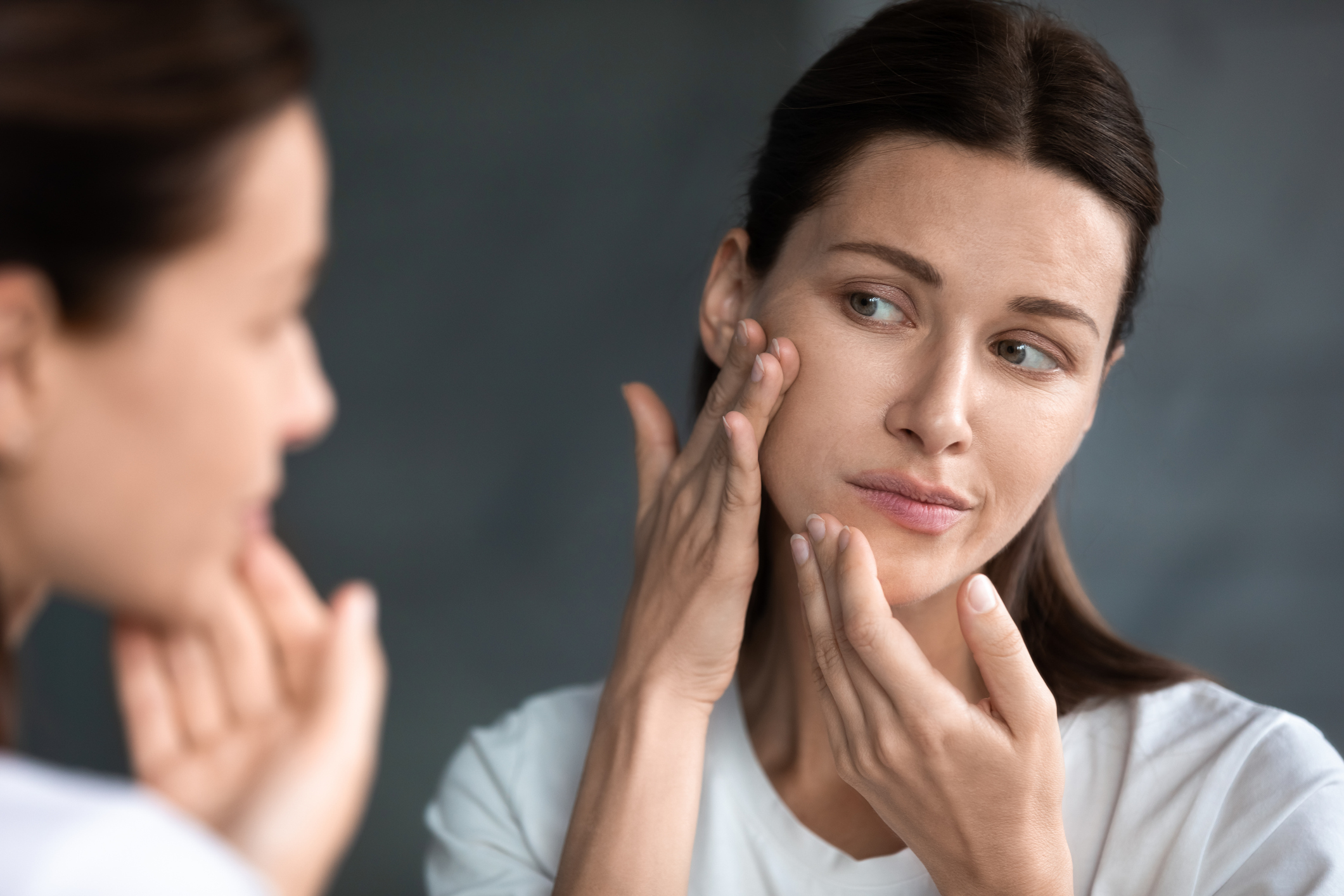Uncover the hidden connections between your family's past and your future well-being as we delve...
Read More

Every day, 9,500 Americans are diagnosed with skin cancer—the most common cancer in the U.S. Thankfully, early detection, regular screenings and proper skin hygiene have proven effective in the fight against skin cancer.
“Our skin’s DNA regulates the growth of our skin cells; however, repeated damage to the skin, like sunburns and excessive exposure to UV light, prevents the DNA from repairing these cells,” said Nandini Kulkarni, M.D., medical director of surgical oncology at Inspira Health. “Over time, this fractured DNA causes cells to mutate, become malignant and ultimately, turn into skin cancer.”
The earlier cancerous and precancerous skin cells are found, the greater the likelihood that the cancer will respond well to treatment. Here are four quick tips you can do to lower your risk.
One of the easiest ways to protect your skin is to wear the right armor. “Think of the sun’s rays as arrows spiraling toward your skin. Without the proper gear, you are defenseless. But with the right equipment, the arrows will bounce right off of you,” said Dr. Kulkarni.
An easy way to think about what you need to protect your body against the sun is to remember, “slip, slop, slap and wrap”:
When you buy sunscreen, your purchase shouldn’t be based on the brand name or smell, but its sun protection factor (SPF)—a number that indicates how well the sunscreen protects the skin against UV rays. “You want to use a broad spectrum (UVA/UVB) sunscreen with an SPF of 15 or higher every day,” said Dr. Kulkarni.
Once you purchase the right sunscreen, remember:
Tanning increases your risk of skin cancer: Those who use a tanning bed before they are 35 years of age are 59 percent more likely to develop melanoma, according to the American Academy of Dermatology. “There is no such thing as a safe or healthy tan,” said Dr. Kulkarni.
Tanning indoors may seem appealing, but before you commit, remember this:
Monthly self-exams, as well as annual skin exams by your doctor, are critical to skin health. “Look for skin growths like freckles or moles, a skin wound that isn’t healing or noticeable changes to existing freckles or moles,” said Dr. Kulkarni.
Looking for skin cancer symptoms is as easy as ABC, 1-2-3. Specifically for melanoma, the most dangerous skin cancer, pay attention to the ABCDEs:
If you answered “yes” to any of the questions above, talk to your doctor. Additionally, if you have high-risk skin cancer characteristics like blue or green eyes, blond or red hair, or a personal or family history of skin cancer, you may benefit from more frequent check-ins with your provider.
Remember to love the skin you’re in by checking in with your doctor whenever you have a question. No concern is too small when it comes to skin cancer.
Inspira Health is a high reliability organization (HRO), which means safety is the top priority for patients and staff. To make an appointment, call 1-800-INSPIRA.

Uncover the hidden connections between your family's past and your future well-being as we delve...
Read More
Treating cancer requires an arsenal of tools and preventive measures. Explore the power of...
Read More
President & CEO Amy Mansue attended Inspira's Cancer Survivors Day event, organized by our Cancer...
Read More
The material set forth in this site in no way seeks to diagnose or treat illness or to serve as a substitute for professional medical care. Please speak with your health care provider if you have a health concern or if you are considering adopting any exercise program or dietary guidelines. For permission to reprint any portion of this website or to be removed from a notification list, please contact us at (856) 537-6772